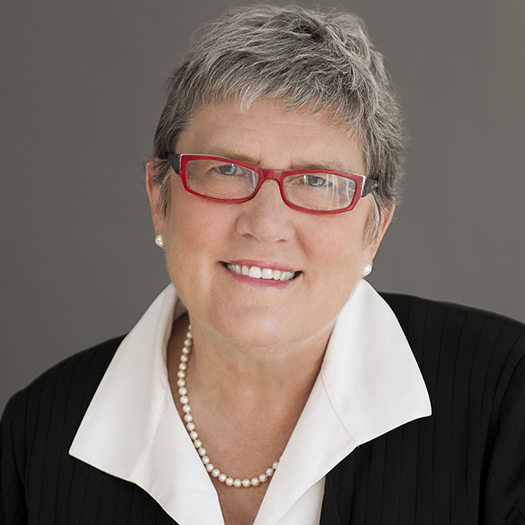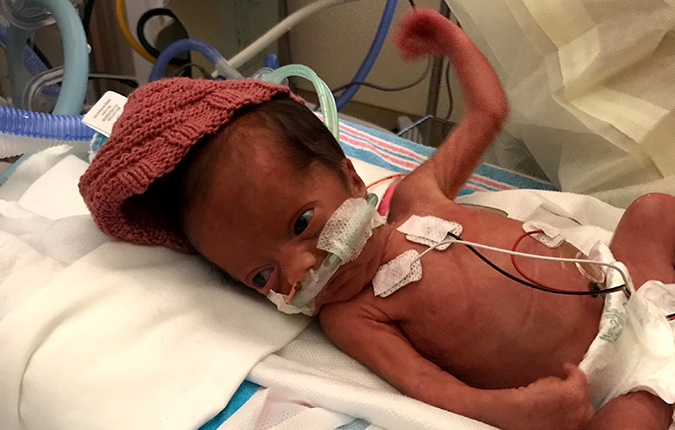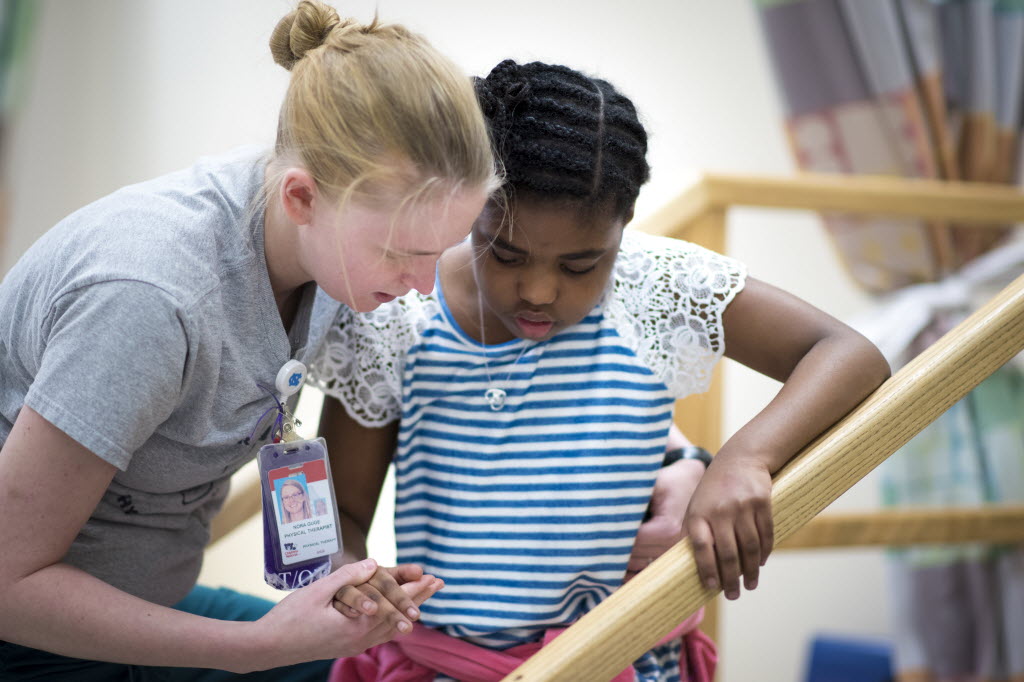Condition
Pediatric Skeletal Dysplasias
What is skeletal dysplasia?
Skeletal dysplasia describes a category of rare genetic disorders that affect bones and joints and hinder children’s growth and development. The disorder causes abnormally shaped bones, especially in the head, spine and long bones of the arms and legs. Children with skeletal dysplasia often have limbs that are too short compared with the rest of the body.
If untreated, skeletal dysplasia can lead to:
- Difficulty breathing, including apnea (breathing stops for 20 seconds or more)
- Spinal problems including curving, bowing, or narrowing (stenosis) of the spine
- Fluid buildup around the brain
- Obesity
- Chronic ear infections
Frequently Asked Questions
What causes skeletal dysplasia?
Types of skeletal dysplasia
Symptoms of skeletal dysplasia
How is skeletal dysplasia diagnosed?
Treatments for skeletal dysplasia
Additional resources
Providers Who Treat Skeletal Dysplasias
- Helping Maddie to Live Life to the Fullest
Maddie is a lively, creative teen who loves to act. Research at Children's National Hospital helps to ensure that her rare disease doesn"t upstage her big theater plans or her love of life.
Departments that Treat Skeletal Dysplasias

Childhood Cancer Genetics
Our cancer genetics experts help answer important questions about your child’s inherited risk for cancer.















